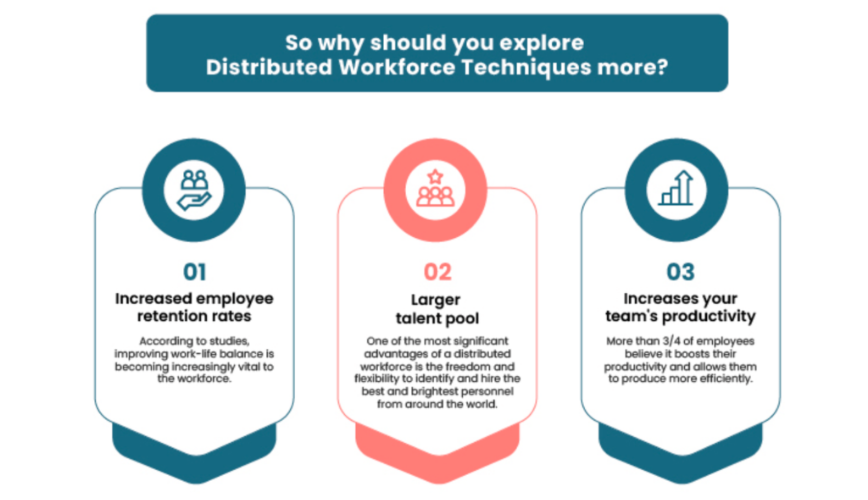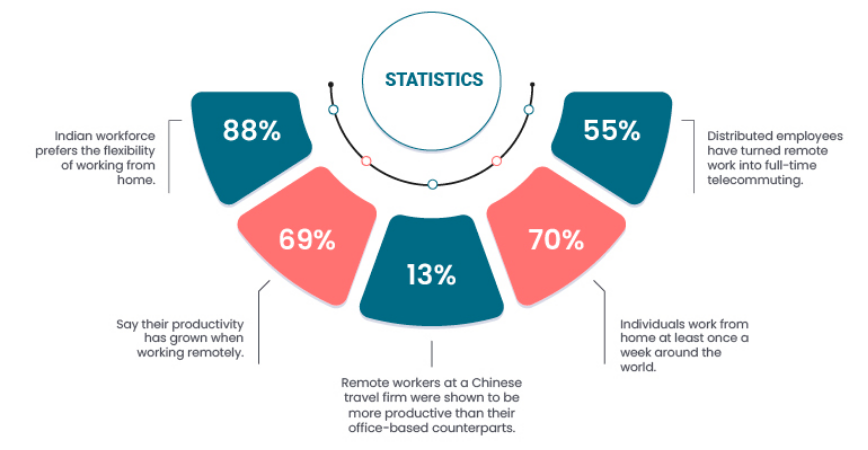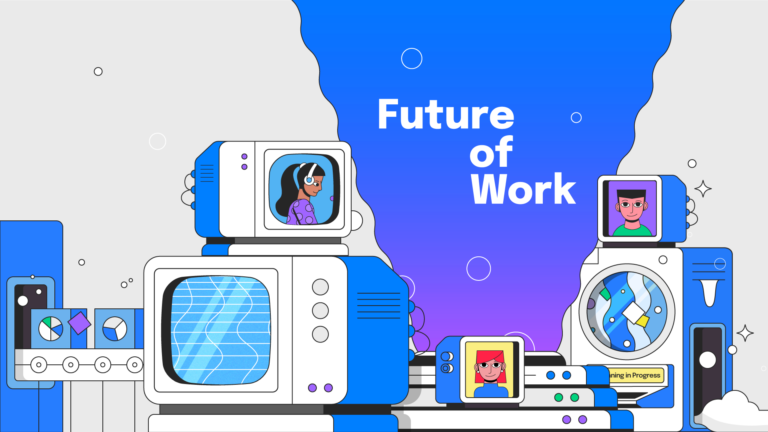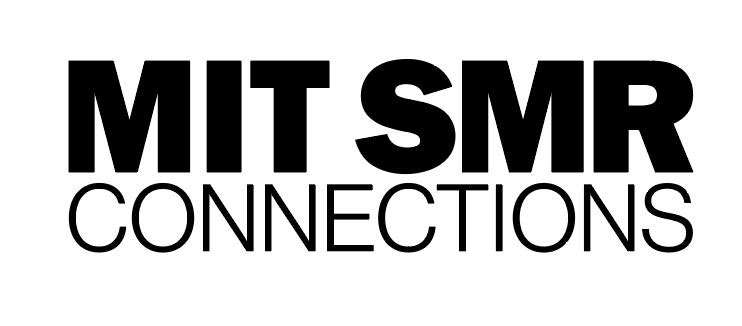Meet the workforce of tomorrow
There’s been a drastic change in the way we work post pandemic. We’ve started connecting for quick, more intimate calls instead of “let’s get a group together for a scrum.” Virtual happy hours and group online games over coffee booth and water-cooler talks.
As humans, it’s always been our nature to adapt. And thus, when the need arose, we adapted to working from home, and then to working from anywhere across the globe. Thanks to remote work, today we work in a continual state of connection that allows us to be productive virtually; anytime, anywhere.
Remote working has been around for a while now. In fact, the foundation of remote working was laid in 1973 when NASA engineer Jack Nilles coined the term “telecommuting.” While people were experimenting with the concept to know if it really worked or it was just a fad; it took a decade for a team of 2000 at IBM to fully work remotely. This concept was normalized thanks to accelerated, widespread digital transformation. More and more people moved to a new way of working, which they were not acquainted with earlier. We saw a major shift in the way people work today, including its direct impact on modern workspaces.
Organizations are now implementing regulations and policies to promote hybrid work (a mix of remote and work from office), remote work, and mixed-modality work.
A step towards hybrid working
A hybrid workforce is a flexible setup where employees can either work from their office or remotely. The main benefit of implementing a hybrid workforce is not just limited to working from a location that’s convenient for employees. Companies adopt hybrid workforce with a primary goal to provide more flexibility to their employees.
Taking workplace flexibility a notch above, organizations are now getting accustomed to distributed workforces as well. A distributed workforce model comprises a structure where employees can collaborate with their team beyond geographical limitations. Under the distributed workforce, companies can employ their workforce in a network of satellite offices located at various locations, hiring, training, and supporting teams remotely, along with providing facilities they’d initially provide at their central office.
The distributed workforce model forms a collocated network of satellite offices, which not only facilitates the employees but is also a cost-effective solution for employers as well.
But why go distributed?

Here are some of the reasons why your company should explore distributed workspace techniques:
- Increased employee retention rates: Greater flexibility is increasingly becoming a popular criterion for employees. Higher flexibility means happy employees.
- Larger pool of talent: One of the most significant advantages of a distributed workforce is the freedom and flexibility to identify and hire the best and brightest personnel from around the world.
- Increased productivity and flexibility: As per CoSo’s Remote Collaborative Worker Survey, more than 75% of employees stated distributed work boosts their productivity and allows them to work more efficiently.
- Cut down on expenses: Satellite offices present in up-coming and non-metropolitans cities, can also help companies save on some additional expenses.
How companies can enable distributed workforces
A solution that emerged out of necessity has now become a preference. Businesses are rapidly embracing this shift in the workplace paradigm. The new work model has a mix of all the traditional corporate facilities at remote office locations.
While the world is changing its views on adapting the hybrid model and working in a distributed structure, organizations are on the lookout for a strategy to implement an efficient distributed workforce. Here is a step-by-step process that can make the transition of shifting to a distributed model easier for your organization.
- Internal survey: The main idea of moving to a distributed system is to provide flexibility and convenience for your team. Begin by asking your team members their preferred location to work from, which can provide the initial scope for your planning. Under the distributed system, your organization can also enable your employees to work near their homes, by setting up a satellite office near their preferred location.
- Assess the data: Once you have received the data from your employees, evaluate their responses. The data will give you a concise direction for choosing the location and size of your satellite workspace.
- Group the nodes: Form different groups based on your team’s preferences. Workforce distribution can be done based on preferred location, the number of days they want to work from the office, facilities they require, etc.
- Identify locations: The survey conducted at the initial stages will help you throughout the process of adapting the distributed model. The survey data will also help you identify the preferred locations where you can form clusters to set up satellite offices.
With the gathered data, you can identify a cluster where each node can be accommodated. Pin the clusters on a map to get a clear visualization of the ideal locations for the satellite-workspace network. - Setting up the satellite offices: Instead of asking your employees to visit the main office every day, you can ask them to visit the office that is set up near their home. To set up these remote workspace nodes, your organization can assign a dedicated team that looks after the setup and maintenance of all the offices.
A smart alternative for assigning a dedicated team would be to partner with a coworking space or managed office provider who has a presence across your ideal targeted locations.
You can also partner with office space service providers who can set up your office nodes in a coworking space or a managed office as per your requirements. These service providers also often look after maintenance and other associated responsibilities, which can help you further smooth your organization’s operations.
How to achieve an efficient distributed workforce?
Below are a few excellent practices for distributed workforces:
- Set up regular check-ins and meetings: Ensure communication flows freely between all members of the team, regardless of their physical location. To include everyone on the team, consider daily stand-up updates, end-of-day status emails, all-hands/townhalls, check-ins with direct reports, and virtual video meetings.
- Create and outline clear objectives for everyone: Meaningful goal-setting is crucial to the success of a scattered workforce. Employees in a distributed workforce have more freedom since they are not bound by the constraints of a traditional work environment. Create strategic objectives that can help your team stay focused on the end-result and drive noticeable results.
- Teamwork should be encouraged: Offsite social activities should be held, so distance workers can meet in person and interact with their team or even vendors and customers. These activities will encourage your team members to socialize, incentivize networking, and promote team-building.
- Make use of the most up-to-date tools and technology: When the bulk of office workers were compelled to work from home, video conferencing, cloud calling, screen sharing, team project management tools, and a host of other virtual and real-time tools played a critical role. As the virtual, remote, and in-person worlds mix into a distributed workforce, those tools and platforms will continue to be crucial in keeping everyone aligned, connected, coordinated, and motivated.
Changed perspectives towards working from home and working remotely

What was once a fancy way of working is now fast becoming the norm. But some significant questions still loom. For example, can everyone work from home or work near home, permanently? The answer to this question varies, from case to case. According to research by Mckinsey, the types of tasks and activities involved largely impact if a specific employee can work remotely.
In uncertain times like the Covid-19 pandemic, organizational leaders have done their best to support their teams. For a situation that none of us had ever experienced, everyone needed to be innovative in finding solutions to different challenges.
The case has been similar for enterprises and their leaders as well. While employees expect certain and concrete working arrangements, employers are also on the lookout for innovative solutions that can make working accessible and efficient for their team.
Businesses now continue to operate normally with Internet and mobile technology enabling individuals and institutions to contribute and continue working in a more distributed manner.
How dynamic work culture is impacting the office spaces of tomorrow
There was a time when companies used to boast about their prestigious work culture and environment. But today, work experience goes far beyond aesthetic offices…or even free snacks. More and more people are ditching the way they used to work before the pandemic happened.
Many organizational leaders, managers, and facilities are considering redesigning a workplace that can better accommodate a hybrid workforce. This compels companies to go a step beyond offering their employees a convenient and efficient workspace. An office that is quickly accessible and also offers them ample opportunities to connect with fellow workers.
Companies may need to design a workplace experience that is modern, technologically smart, and accommodative. We need workspaces where employee wellbeing is taken seriously and well-supported. It’s all a work in progress, but we are progressing, together.





